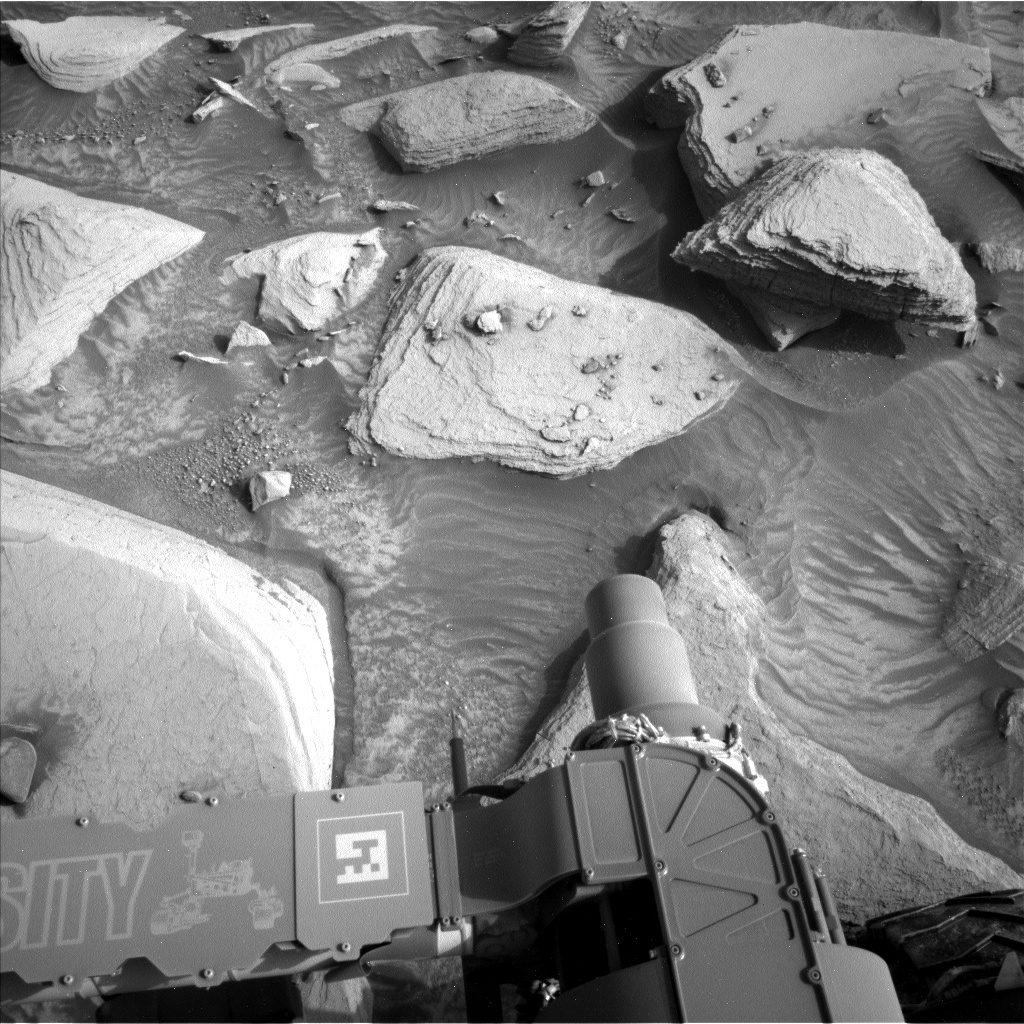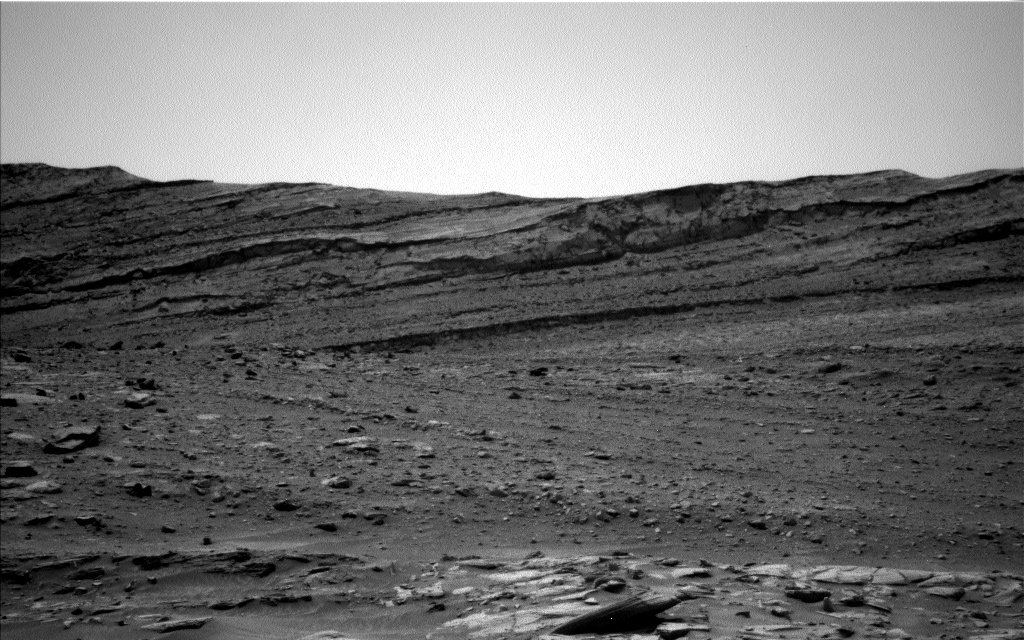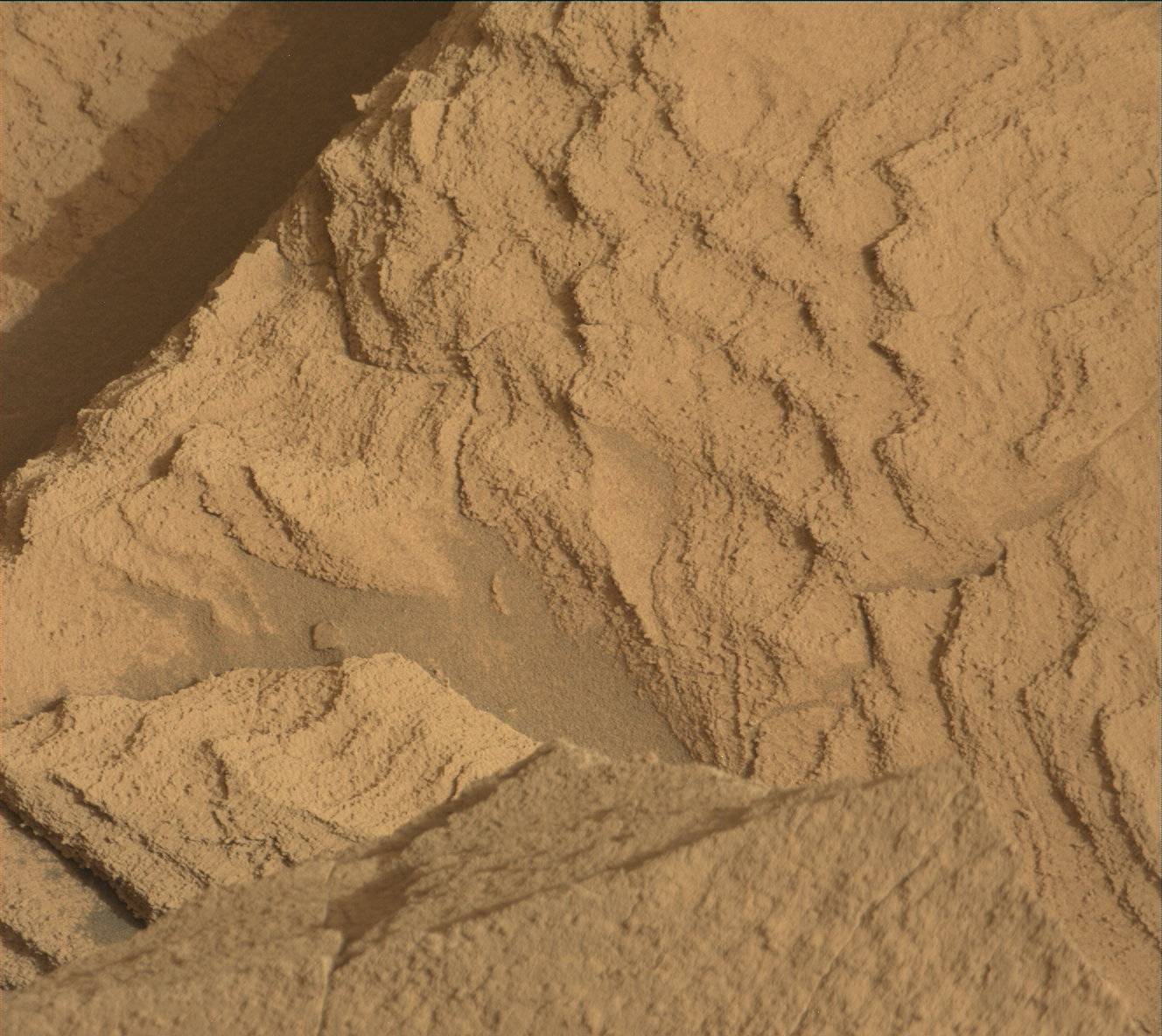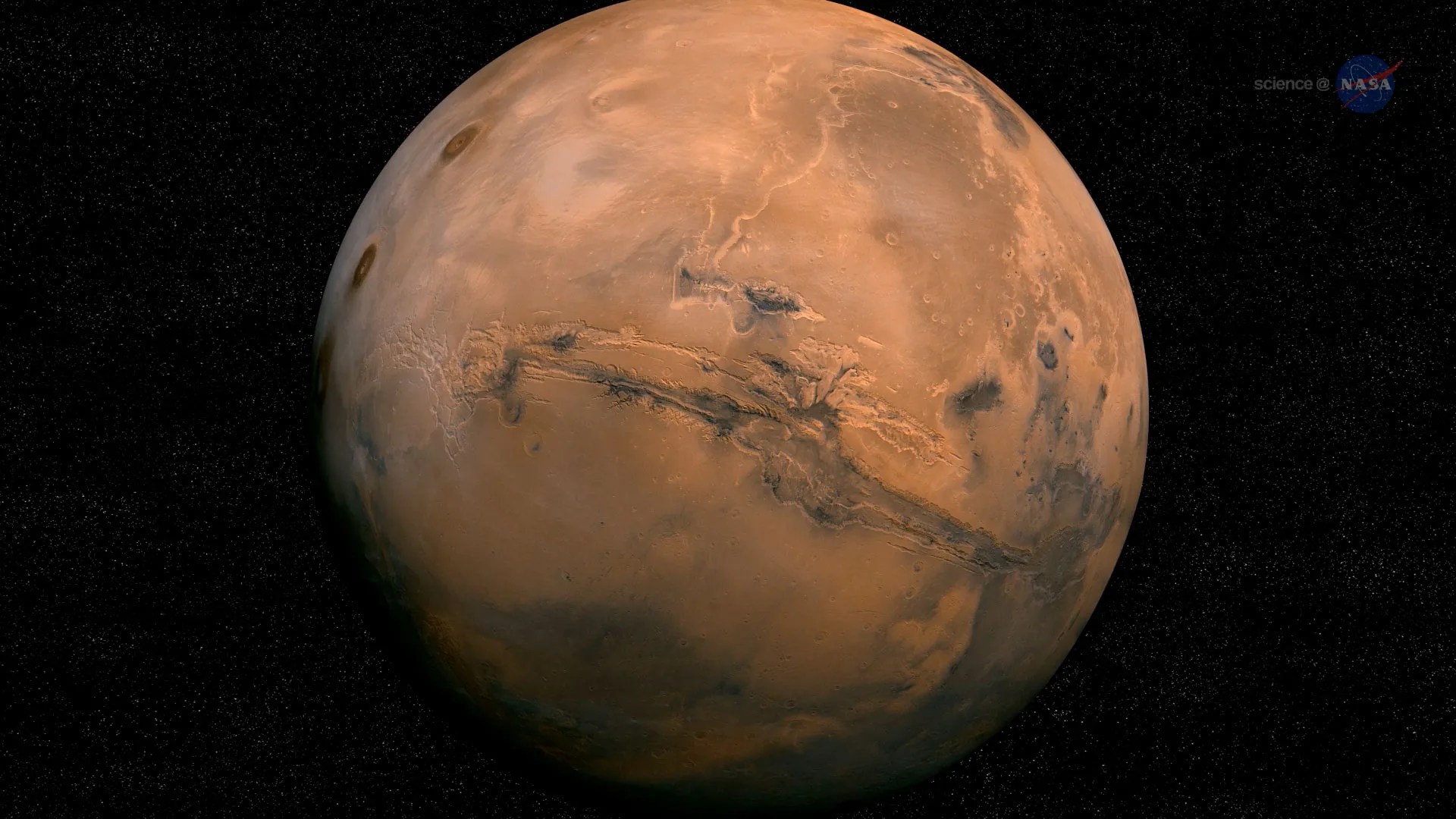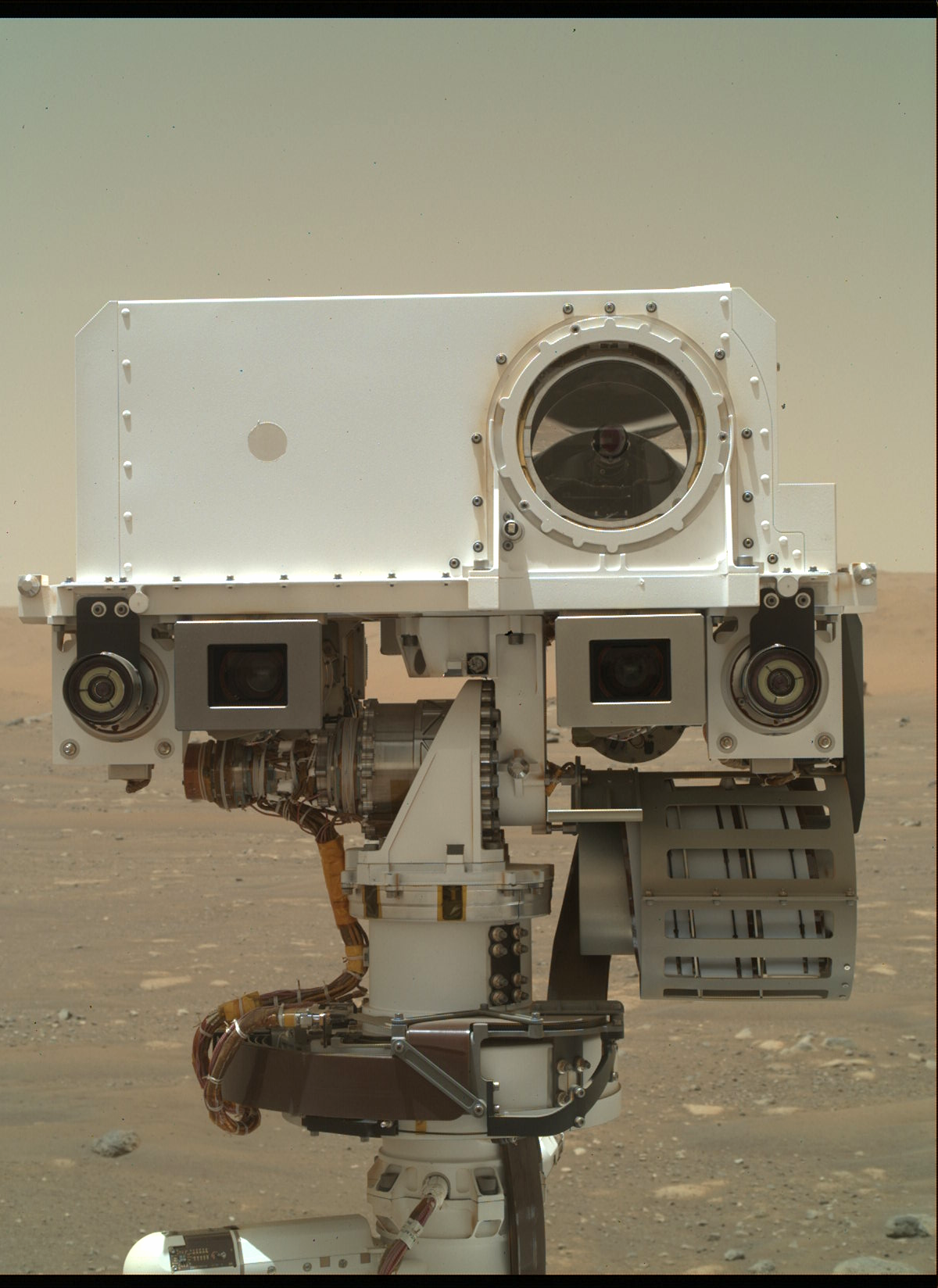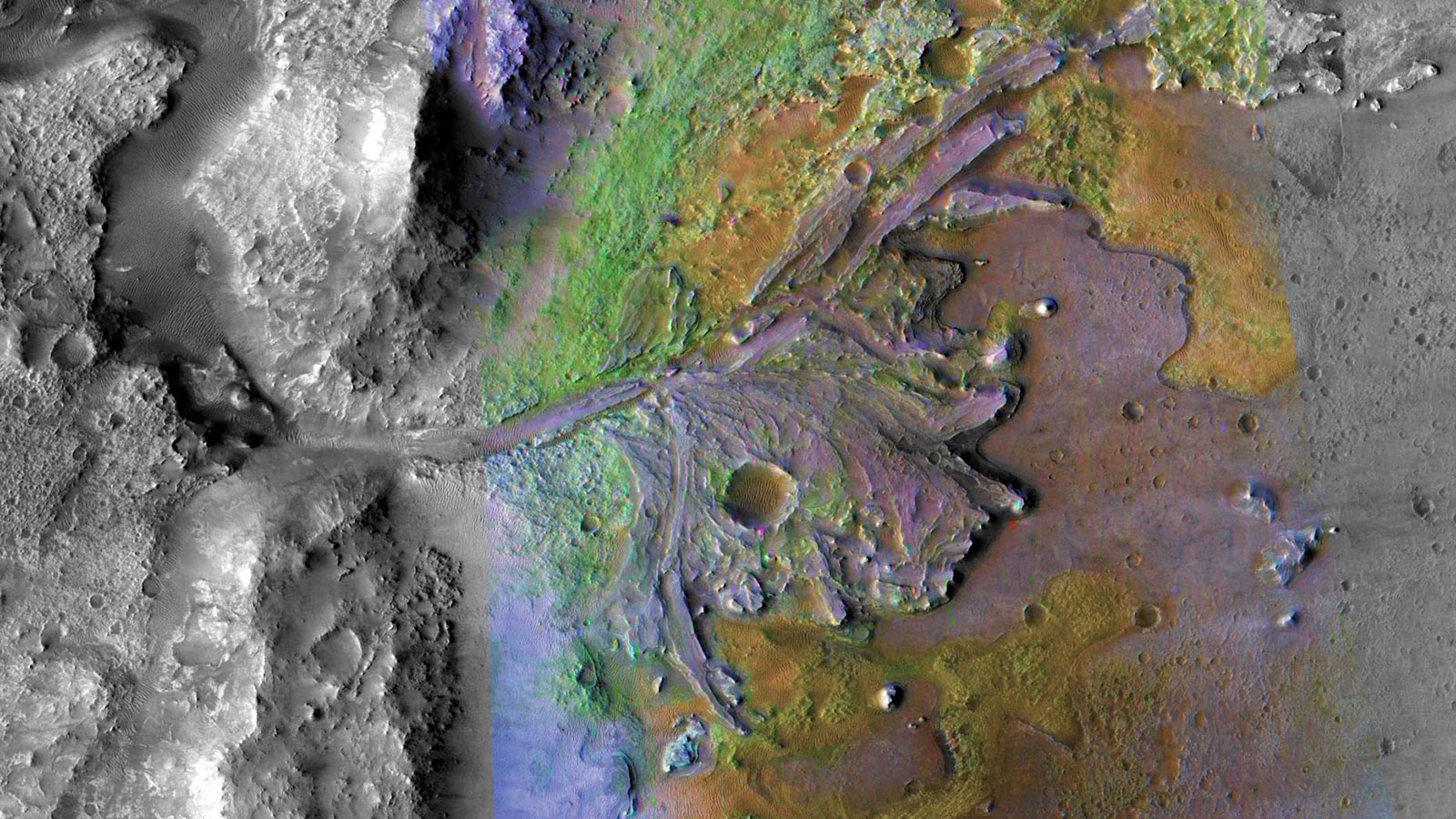2 min read
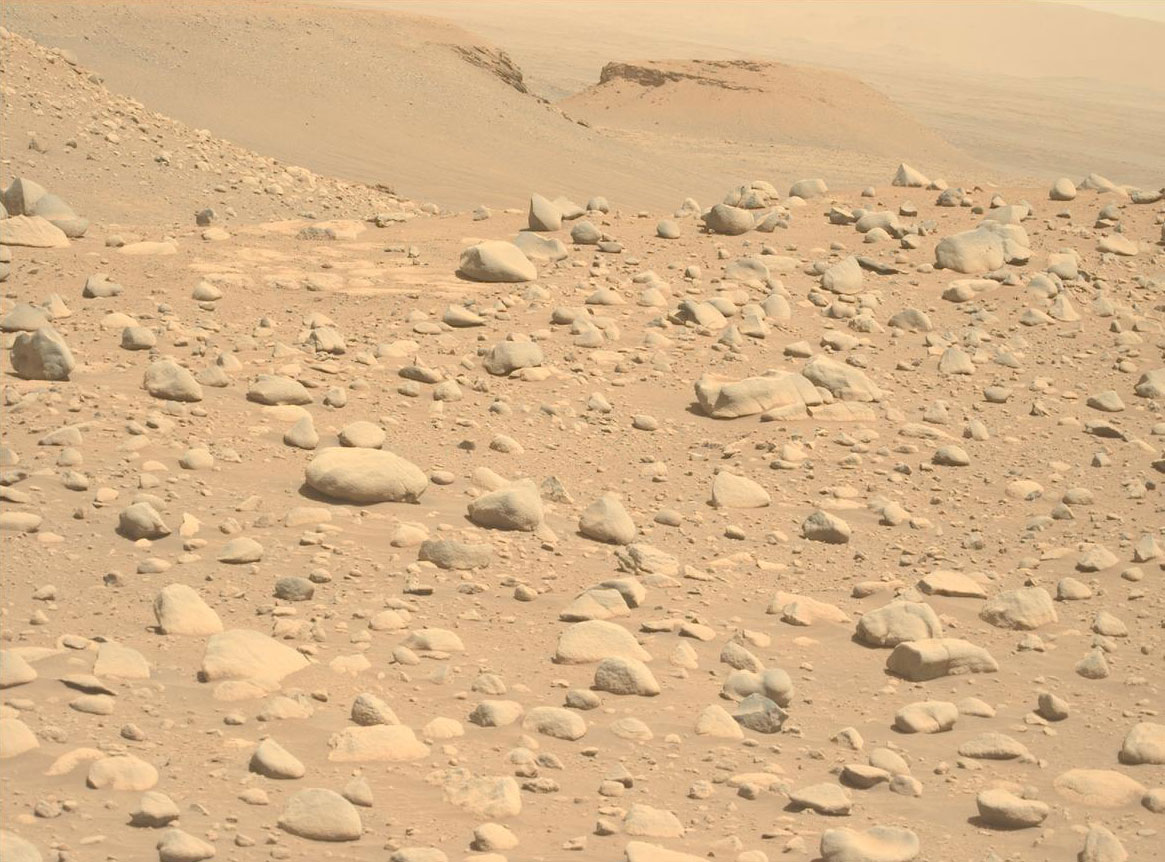
This past week, Perseverance has been exploring the top of the western fan in Jezero crater. Scientists have been waiting a long time to examine, up close, one of the terrains observed in this area: boulder fields. Why are researchers so interested in a random assortment of rocks?
Being on top of the fan, at one time in Mars’ history there were rivers flowing across this area that built the fan itself. While these rivers carried the sediment for the fan, they were also carrying larger boulders that were deposited earlier than the delta sediments. The boulders we are looking at on top of the delta were carried here by water and were deposited when the water slowed down. Likely, many of the boulders in the field interacted with water at some point in Mars’ history, making them important targets for assessing Mars’ fluvial history and potential past habitability.
Another thing that makes these boulders interesting is that some of them were likely sourced from outside of Jezero crater. These boulders were washed down a river, and from orbital images we can see the large canyon carved by the crater. This tells us that the boulders may have come from up to tens of kilometers away from where they sit today. While the rover is confined to a smaller area on Mars’s surface, these rocks potentially represent terrains far from Jezero crater that Perseverance would never be able to observe otherwise. Examining these boulders can provide information about areas of Mars’s surface far beyond Perseverance’s reach.
Furthermore, investigating the composition, shape, and size of these boulders can allow scientists to hypothesize about where the they came from, how far they were transported, how fast the water was moving, and potentially how much water was required to move them in the first place.
While this might look like a cluster of large rocks, to scientists it is a boulder field; an opportunity for Perseverance to help us understand more of Mars beyond Jezero crater.
Written by Eleanor Moreland, Ph.D. Student at Rice University

